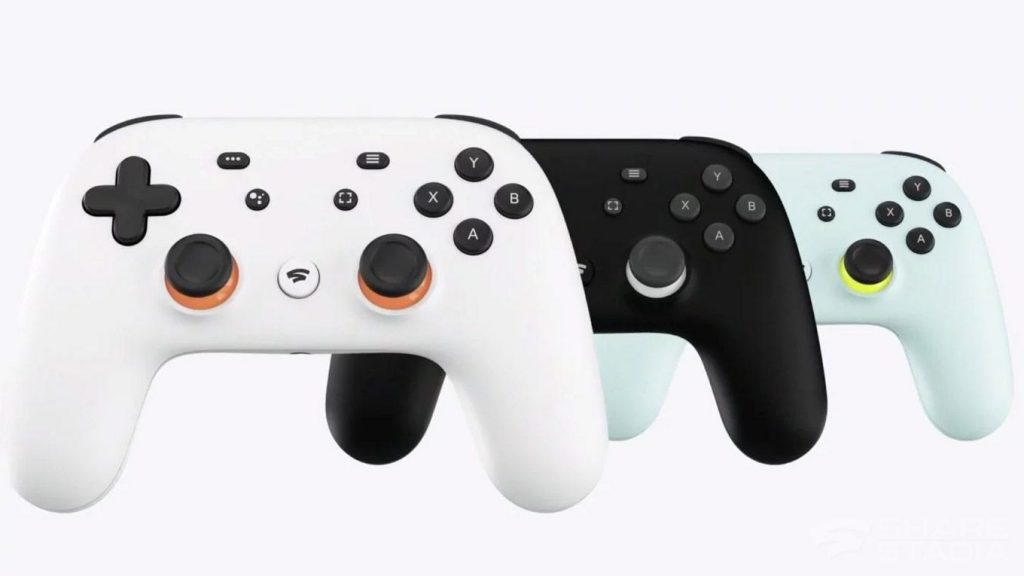Video Gamer is reader-supported. When you buy through links on our site, we may earn an affiliate commission. Prices subject to change. Learn more
In an interview with Edge, Google Stadia vice president of engineering Madj Bakar has stated that the streaming platform will cut down on lag by using ‘negative latency’, which will predict and input the player’s next move before they do (via PCGamesN).
Right. So, Stadia will use an algorithm to play the game at the same time as the player is. If there is a lag between the player and the server, Stadia will step in with a buffer of predicted latency that will reduce the effects of lag. This could be predicting the next move the player will take, but would also include strategies like increasing FPS to mediate poor performance due to latency.
Could a player take credit for a no-hit run of Sekiro if Stadia was sat in the backseat, stretching forward with its hand on the steering wheel? I’m erring on the side of, ‘well, no.’ Bakar also said that Stadia will redefine the criteria of excellence in technical performance through these breakthroughs in machine learning. ‘Ultimately, we think in a year or two we’ll have games that are running faster and feel more responsive in the cloud than they do locally,’ he explained, ‘regardless of how powerful the local machine is.’
Google Stadia is set to launch next month, with titles like Assassin's Creed Odyssey, Final Fantasy XV, Gylt, and Rage 2 available from the get-go. But, it’s just lost its big dog: Doom Eternal has been delayed into 2020.
